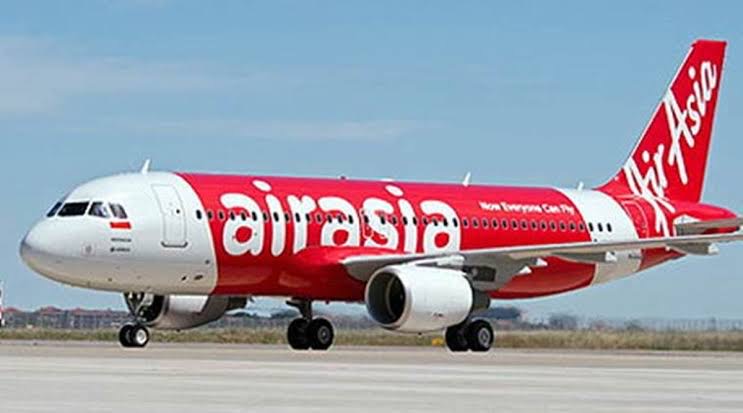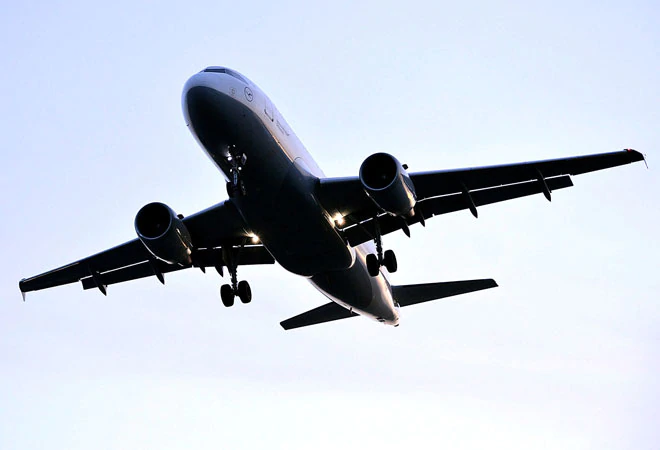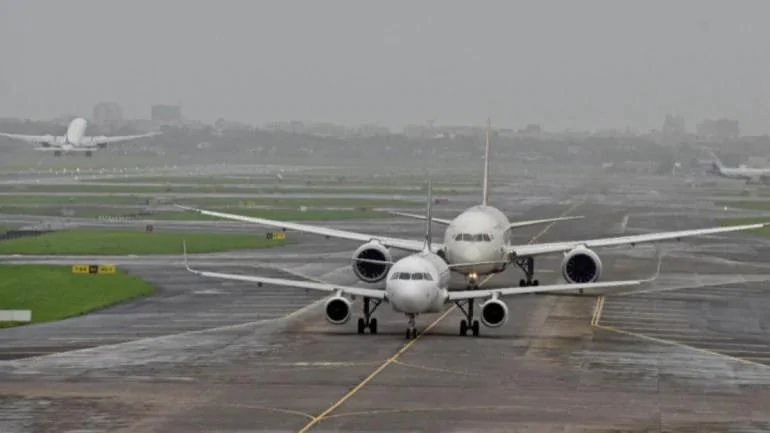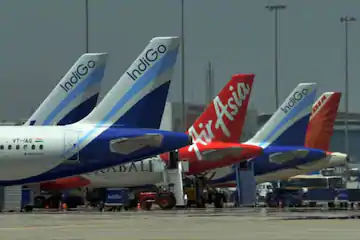Altimeter Settings Awareness and Pitfalls
Introduction
Incorrect altimeter setting and lack of awareness among Pilots about the importance of correct altimeter setting has caused many accidents or near accidents.
The aircraft/Helicopter altimeter barometric sub-scale must be set to the appropriate setting for the phase of flight. Failure to set the appropriate barometric sub-scale pressure setting may result in a significant deviation from the cleared altitude or Flight Level
Flight level. Standard pressure setting (1013 hPa) is set when flying by reference to flight levels above the transition altitude;
Altitude. Regional or airfield pressure setting (QNH) is set when flying by reference to altitude above mean sea level below the transition level;
Height. Altimeter pressure setting indicating height above airfield or touchdown (QFE) is set when approaching to land at airfield where this procedure is in use.
Types of Altimeter Setting Error
The pilot mishears the transmitted pressure setting and sets an incorrect figure.
The pilot hears the transmitted pressure setting correctly but fails to set it or mis-sets it.
The pilot fails to change the pressure setting at the appropriate point in a departure, climb, descent or approach.
Effects
Failure to set the appropriate pressure setting can result in deviation from the cleared altitude or flight level leading to level bust, loss of separation from other traffic, and even collision with other aircraft or with the ground (CFIT).
Loss of situational awareness due to failure to appreciate the significance of a pressure setting (especially QFE as opposed to QNH). This can result in incorrect appreciation of the closeness of the ground possibly leading to an unstabilised approach or collision with the ground (CFIT).
Defences
Effective SOPs contained in company flight operations manuals which specify appropriate procedures for the setting and cross-checking of altimeter barometric sub scales.
Strict adherence to the verification of pressure-altitude-derived level procedure by ATC. This should be done at least once by each suitably equipped ATC unit. The check is performed by comparing the level received from surveillance sources with a voice report by the pilot.
System support – the Transponder always transmits the level information as flight level, regardless of the pressure setting. The ground system then converts this information to altitude/height.
Pilot Errors
A pilot fails to ensure that standard pressure is set when passing the transition altitude in the climb, and levels the aircraft at a flight level which differs from the cleared level by an amount dependent on the difference between the QNH and 1013 hPa.
A pilot fails to set QNH when passing the transition level in the descent and levels the aircraft at an altitude which differs from the cleared altitude by an amount dependent on the difference between QNH and 1013 hPa.
A pilot un-used to landing with QFE set, does not remember that the altimeter now indicates height above airfield elevation or touch-down zone.
Solutions
The existence of appropriate SOPs for the setting and cross-checking of altimeter sub scales and their strict observance is the only universal primary solution to eliminate incorrect altimeter setting.
Use of the aircraft radio altimeter to monitor the aircraft proximity with the ground can help to improve situational awareness provided that the flight crew are generally familiar with the terrain over which they are flying;
GPWS/GPWS/TAWS provide a safety net against CFIT and, in the case of TAWS Class ‘A’ with its option of a simple terrain mapping display, it can also be used to directly improve routine situational awareness.
Radio-altimeter Callouts
Radio-altimeter callouts can be either:
Announced (verbalized) by the PNF or the Flight Engineer.
Automatically generated by a synthesized voice (e.g., smart callouts).
Callouts should be tailored to the operating policy of the Operator and to the type of approach.
To enhance the flight crew’s terrain awareness, a callout “Radio altimeter alive”, should be announced by the first crewmember observing the radio altimeter activation at 2500 ft height AGL.
The radio altimeter reading should then be included in the instrument scanning for the remainder of the approach.
Radio altimeter readings (i.e., feet’s AGL) below the Minimum Obstacle Clearance (MOC) values listed below, should alert the flight crew
Initial approach segment (i.e., from IAF to IF) : 1000 ft;
Intermediate approach segment (i.e., from IF to FAF): 500 ft.
Final approach segment (i.e., after FAF, for non-precision approaches with a defined FAF, until visual references or reaching MAP) : 250 ft.
Unless the airport features high close-in terrain, the radio-altimeter reading (i.e., height
AGL) should reasonably agree with the height above airfield elevation (i.e., height AFE),
Obtained by:
Direct reading of the altimeter, if using QFE; or,
By subtracting the airport elevation from the altitude reading, if using QNH.
Operational and Human Factors Involved in Altimeter-setting Errors
The incorrect setting of the altimeter reference often is the result of one or more of
the following factors:
High workload;
Deviation from normal task sharing.
Interruptions and distractions.
Absence of effective cross-check and backup between crewmembers.
The analysis of incident / accident reports identify the following operational and human factors as causes of or contributing factors to altimeter-setting errors.
Incomplete briefings (i.e., failure to discuss the applicable altimeter-setting unit and the country practice for fixed or variable transitions altitudes / levels);
Workload during descent / approach.
Distraction / interruption;
Language difficulties (unfamiliar accents, speaking pace, unclear contraction of words, mixed English / local language communications)
Failure to cross-check altimeter-setting information (e.g., ATIS versus TWR messages, PF / PNF cross-check).
Fatigue;
Confusion between altimeter-setting units (i.e., in.Hg or hPa);
Excessive number of instructions given by ATC in a single message.
Confusion between numbers such as 5 and 9 (i.e., if 9 is pronounced as nine
instead of niner); and/or, Incorrect listening associated with ineffective read back / hear back loop (.
Flight Operations Briefing Note on Effective Pilot / Controller Communications).
Prevention Strategies and Personal Lines-of-Defence
Adherence to the defined task sharing (for normal or abnormal / emergency conditions) and the use of normal checklists are the most effective lines-of-defences against altimeter-setting errors.
Altimeter-setting errors often result in a lack of vertical situational awareness;
The following key points should be considered by pilots to minimize altimeter-setting
errors and to optimize the setting of the barometric-altimeter MDA(H) / DA(H) or radio-altimeter DH:
Awareness of the altimeter setting unit in use at the destination airport.
Awareness of rapid QNH / QFE changes due to prevailing weather conditions (i.e., extreme cold or warm fronts, steep frontal surfaces, semi-permanent or seasonal low pressure areas).
Awareness of the anticipated altimeter setting, using two independent sources for cross-check (e.g., METAR and ATIS messages).
Effective PF/PNF crosscheck and backup.
Adherence to SOPs for Sterile-cockpit rule during taxi, take off and descent-approach phases;
Change of barometric-altimeters setting in climb and descent:-
- In climb: at the transition altitude; and,
- In descent: when approaching the transition level and when cleared to an altitude.
- Use of standby-altimeter to cross-check main altimeters.
Altitude callouts (e.g., approach-fix crossing altitudes) including the radio-altimeter in the instrument scan, when the radio-altimeter is “alive” (i.e., below 2500 ft RA) radio-altimeter callouts.
Setting the barometric-altimeter MDA (H) or DA (H) or the radio-altimeter DH.
Exercising extra vigilance and cross-check if QFE is used for approach and landing.
The following prevention strategies should be considered by air traffic controllers:
Limiting the number of instructions transmitted in a given message.
Indicating all the numbers and the unit defining the altimeter setting.
Adhering to the standard phraseology and pronunciation.
Adopting the accepted terminology “Low” before a 28.XX in.Hg altimeter setting and
“High” before a 30.XX in.Hg altimeter setting.





